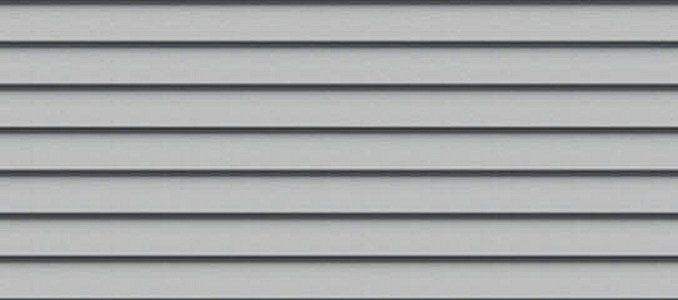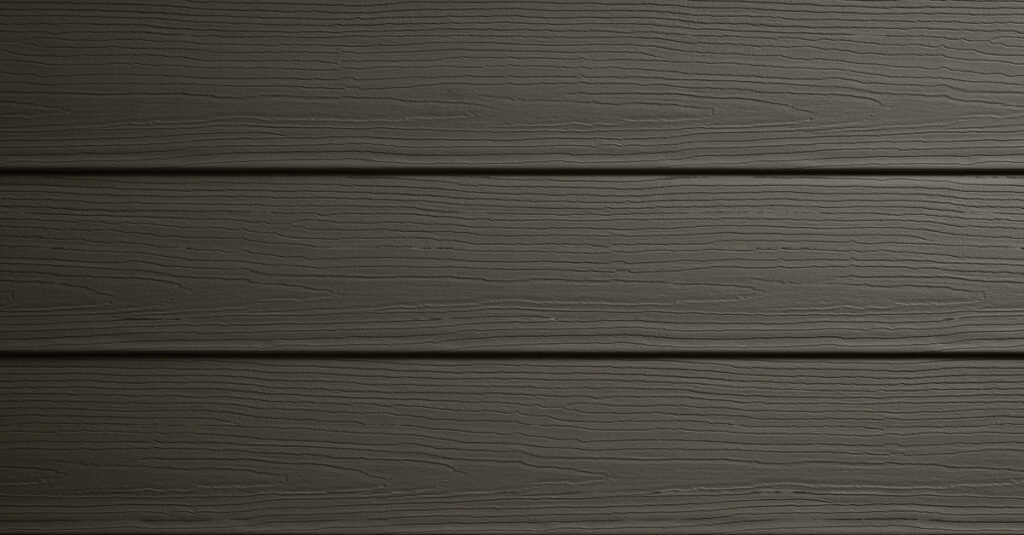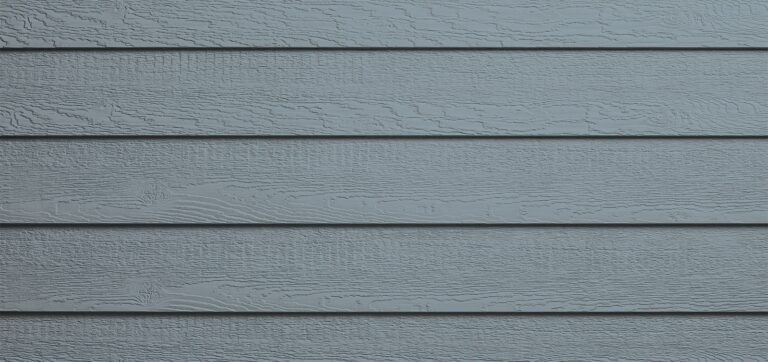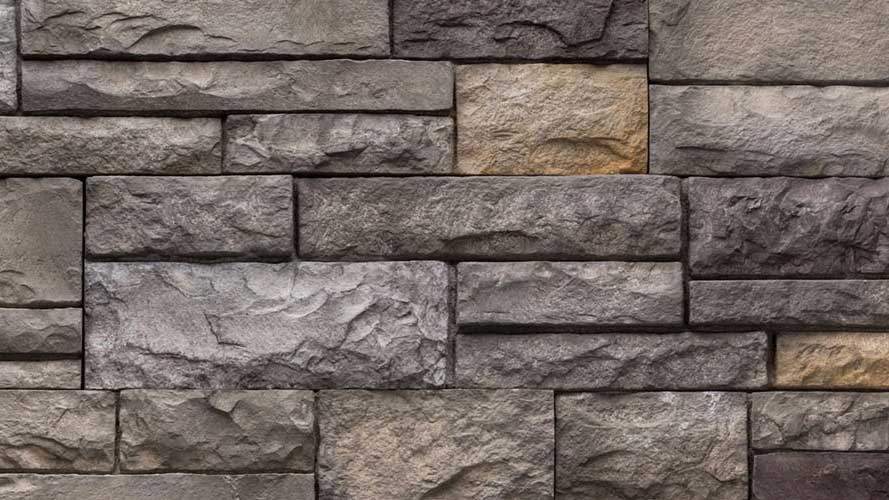The Different Types of Replacement Siding (2023 Guide)
Replacement Siding Basics
Due to the different types of siding available on the market, the professionals at Odyssey Siding believe it is important to have an idea of what to look for when starting your replacement siding project. Not only does replacement siding impact your home’s appearance, but it also plays a significant role in protecting your home from outside elements. With so many types of siding available, choosing the right replacement siding can be a daunting task. In this article, we will take a look at some of the different types of siding available, along with their respective pros and cons, to help you make an informed decision.
We will briefly describe the different types of siding that are commonly installed on residential homes and rate them on a 1 to 5 scale, with a rating of 1 meaning that the particular type of siding does not perform well in that category and 5 meaning that this type of siding performs as the best in that category.
Replacement Vinyl Siding

Vinyl siding is the most popular among the different types of siding in North America, and for a good reason. It is affordable, provides for an easy and streamlined siding installation process, and requires minimal maintenance. Vinyl siding is made from PVC, making it durable and resistant to weathering such as fading and cracking. It is also available in a range of colors and styles, giving homeowners a wide variety of options to choose from. Among all the different types of siding that siding companies offer, vinyl has the most color options by far.
One of the significant advantages of vinyl siding is its affordability. It is generally the most cost-effective type of siding the market, making it an attractive option for replacement siding on your home. Vinyl siding is also easy to install, which means that it can be installed quickly and with minimal disruption to your daily life. Additionally, vinyl siding is low maintenance, which means that it does not require regular painting or staining like many other types of siding. As most professional siding companies do not also offer painting services, this takes the headache off of having to hire multiple contractors.
Vinyl siding is not without its drawbacks, however. While it is durable and long lasting, vinyl replacement siding is not as fire resistant as different types of siding. Additionally, vinyl siding is not as environmentally friendly as some other options, as it is made from PVC plastic, which can be difficult to recycle. Finally, while subjective, the most common issue people have with vinyl siding is purely aesthetic – many people think it does not compare in looks to wood or composite siding.
Replacement Vinyl Siding Score
| Attribute | Score |
|---|---|
| Water Resistance | 4 |
| Energy Efficiency | 4 |
| Eco-Friendliness | 3 |
| Lasting Power | 3 |
| Up-Keep | 4 |
| Fire-Resistance | 3 |
| Insect Proof | 4 |
| Cost | 5 |
Replacement Composite Siding

Composite replacement siding is another popular option that has been gaining popularity in recent years. This type of siding is made from a mixture of cement, sand, and cellulose fibers, which makes it highly durable and resistant to damage from the elements. It is also available in a range of colors and styles, including options that mimic the look of natural wood siding.
One of the significant advantages of composite siding is its durability. It is highly resistant to damage from the elements, including wind, rain, and hail. It is also fire-resistant, which means that it can help protect your home from wildfires. Additionally, composite siding is low maintenance, which means that it does not require regular painting or staining. In recent times. advances in composite replacement siding have made it look almost indistinguishable from engineered wood siding at a lower cost.
Among the different types of siding on the market, however, the cost of composite siding tends to be on the high end. It is also heavier and more challenging to install, which means that it requires professional installation to ensure that it is installed correctly.
Replacement Composite Siding Score
| Attribute | Score |
|---|---|
| Water Resistance | 4 |
| Energy Efficiency | 4 |
| Eco-Friendliness | 4 |
| Lasting Power | 4 |
| Up-Keep | 4 |
| Fire-Resistance | 4 |
| Insect Proof | 4 |
| Cost | 3 |
Replacement Wood Siding

Wood siding has been a popular replacement siding choice for homeowners for centuries. It is versatile, durable, and offers a timeless look that can complement a wide range of architectural styles. Wood siding is available in a range of species, including cedar, redwood, and pine, each of which has its unique look and properties – however the most popular modern form of wood siding for replacement siding projects is engineered wood siding, such as that from LP Smartside.
One of the significant advantages wood replacement siding has compared to different types of siding is its natural beauty. It has a warm, organic look that can enhance the appearance of your home. Additionally, wood siding is naturally energy-efficient, which means that it can help keep your home cool in the summer and warm in the winter. Wood siding is also biodegradable, which means that it is an environmentally friendly option.
Wood replacement siding also comes with some disadvantages that other types of siding do not have. It requires regular maintenance, including staining or painting every few years to maintain its appearance and protect it from weathering. If left untreated, wood replacement siding can be susceptible to moisture damage, rot, and pest infestations. Wood siding is also one of the more expensive options available, particularly for high-quality wood species.
Replacement Wood Siding Score
| Attribute | Score |
|---|---|
| Water Resistance | 2 |
| Energy Efficiency | 4 |
| Eco-Friendliness | 5* |
| Lasting Power | 2 |
| Up-Keep | 2 |
| Fire-Resistance | 3 |
| Insect Proof | 2 |
| Cost | 2 |
*Only when the wood is sourced from renewable suppliers, i.e., planting a tree whenever a tree is cut down for its wood. Most manufacturers have moved to such sustainable practices, however, it is still worth checking if yours does.
Replacement Brick and Stone Siding

Brick and stone replacement siding is a durable and long-lasting option that has been used for centuries. It is resistant to fire, pests, and weathering and can last for decades with minimal maintenance. Brick and stone siding is available in a range of colors and styles, including options that mimic the look of natural stone such as those offered by Versetta Stone.
One of the significant advantages of brick and stone siding compared to different types of siding is its durability. It is incredibly strong and resistant to damage from the elements, including wind, rain, and hail. Additionally, it is fire-resistant, which means that it can help protect your home from wildfires. It is also low maintenance, which means that it does not require regular painting or staining.
Among the different types of siding, however, brick and stone siding is one of the most expensive options available, particularly for homes that require significant amounts of siding. It is also challenging to install and requires a professional siding installation company to ensure that it is installed correctly. Additionally, brick and stone siding can be prone to cracking, particularly in areas with significant seismic activity.
Replacement Brick and Stone Siding Score
| Attribute | Score |
|---|---|
| Water Resistance | 5 |
| Energy Efficiency | 5 |
| Eco-Friendliness | 4 |
| Lasting Power | 5 |
| Up-Keep | 4 |
| Fire-Resistance | 5 |
| Insect Proof | 5 |
| Cost | 1 |
Stucco Siding
Stucco siding is a popular option in warm, dry climates, particularly in the southwestern United States. It is made from a mixture of cement, sand, and lime, which gives it a unique, textured appearance. Stucco replacement siding is available in a range of colors, textures, and styles, making it a versatile option for homeowners.
One of the significant advantages of stucco siding is its energy efficiency. It is an excellent insulator, which means that it can help keep your home cool in the summer and warm in the winter. Additionally, stucco siding is fire-resistant, which means that it can help protect your home from wildfires.
Compared to different types of siding available, however, stucco siding has some major climate related drawbacks. It is susceptible to damage from moisture, particularly in areas with significant rainfall and ice. Additionally, it can be quite challenging to repair if it is damaged, which means that homeowners may need to replace entire sections of siding rather than patching small areas.
Replacement Stucco Siding Score
| Attribute | Score |
|---|---|
| Water Resistance | 3 |
| Energy Efficiency | 4 |
| Eco-Friendliness | 3 |
| Lasting Power | 3 |
| Up-Keep | 3 |
| Fire-Resistance | 4 |
| Insect Proof | 5 |
| Cost | 3 |
Metal Siding
Metal replacement siding is a more modern type of siding that is becoming increasingly popular among homeowners. It is available in a range of materials, including aluminum, steel, and copper, each of which has its unique properties. Metal siding is highly durable and resistant to damage from the elements, including wind, rain, and hail. It is also available in a range of colors and styles, making it a versatile option for homeowners.
One of the significant advantages of metal replacement siding compared to different types of siding is its durability. It is incredibly strong and resistant to damage from the elements, including wind, rain, and hail. Additionally, it is low maintenance and does not require regular painting or staining. Metal siding is also a strong energy-efficient option, as it reflects heat away from your home, which can help reduce your cooling costs in the summer.
However, metal siding is not without its drawbacks. It is one of the more expensive options available, particularly for high-quality materials such as copper. Additionally, it can be noisy during heavy rain or hailstorms, which may be a concern for homeowners who live in areas with significant weather activity.
Replacement Metal Siding Score
| Attribute | Score |
|---|---|
| Water Resistance | 5 |
| Energy Efficiency | 5 |
| Eco-Friendliness | 5 |
| Lasting Power | 5 |
| Up-Keep | 5 |
| Fire-Resistance | 5 |
| Insect Proof | 5 |
| Cost | 1 |
Conclusion
Choosing the right replacement siding for your home is a big decision that can impact your home’s appearance, value, and protection. With so many types of siding available, it can be challenging to determine which type of siding will be best suited to your needs. By considering the pros and cons of each type of siding, you can make an informed decision that will help you choose the right siding for your home.
At Odyssey Siding we offer a range of replacement siding options to suit your needs and budget, such as vinyl siding, composite siding, LP Smartside engineered wood siding, and Versetta Stone siding. Our team of experts can help you navigate the types of siding available and provide you with the information you need to make an informed decision. It is also important to note that while the different types of siding have their own pros and cons, there are other factors to consider when choosing the right replacement siding for your home. For example – your home’s location, climate, and architectural style can all impact which type of siding will be best suited to your needs. Additionally, siding installation quality can also impact the performance and longevity of your siding.
At Odyssey Siding, we have extensive experience helping homeowners choose the right replacement siding for their homes. We understand that every home is unique, which is why we take the time to assess your needs and provide you with tailored recommendations that meet your specific requirements. We also offer professional siding installation services to ensure that your siding is installed correctly, which can help maximize its performance and longevity. Contact us today to learn more about how we can help you choose the right siding for your home.


